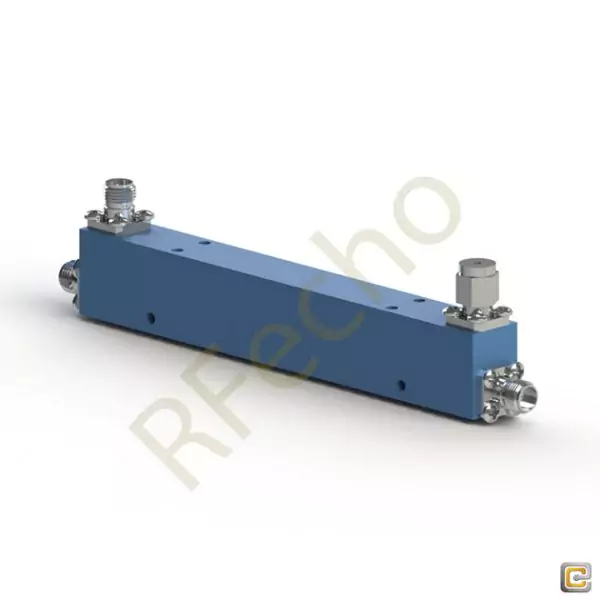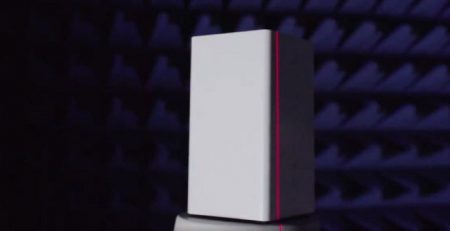mmWave Antenna Startups in the US to Drive Future 5G Innovation
According to a report published by the ABI Research, there has been significant investment in cellular and 5G antenna R&D in 2019, with the United States taking the leading position in millimeter Wave innovation. This means that the U.S. market may take a lead in mmWave 5G networks in terms of intellectual property, something which will become more important as 5G networks get widely deployed. Although the United States does not have a native telecom infrastructure vendor, a new breed of startups and smaller companies may become serious contenders in the global patent war for the next wave of 5G networks.
The Cellular and 5G antennas Hot Tech Innovators report, is part of the company’s 5G and Mobile Network Infrastructure research service, which includes research, data, ABI Insights. Hot Tech Innovators reports focus on companies at the forefront of transformational innovation, particularly those that are younger and less well-known than the incumbents, at the technological forefront of their markets, developing new business models, destabilizing the current market and prime acquisition targets.
A major innovation is happening across the market for 5G and cellular antennas as mobile operators start to focus on 5G, active antennas, and mmWave. This means that incumbent infrastructure vendors and antenna manufacturers may not be the key stakeholders for tomorrow’s networks, or that merger and acquisition activity is imminent in the 5G antenna market.
Several new startups and small companies are innovating in the cellular and 5G antenna space, including Airrays, Anokiwave, Artemis, Fractal Antennas, Fractus Antennas, Gapwaves, Maja Systems, Metawave, Movandi, Pabellon, Pivotal Commware, Ericsson with its Radio Stripes concept and Satixfy. Some of them have pivoted to address the 5G space while new entrants are now addressing new types of innovation, mostly in the United States with mmWave.
Many of these new entrants are now in the process of developing their technology and products, trying to raise interest and get a market footprint. However, in 2- or 3-years’ time, it may be these companies that will be directing the 5G show with their new ideas and innovative approach. Much innovation is needed in 5G and this is definitely the first wave.
Click here to read the full report.











